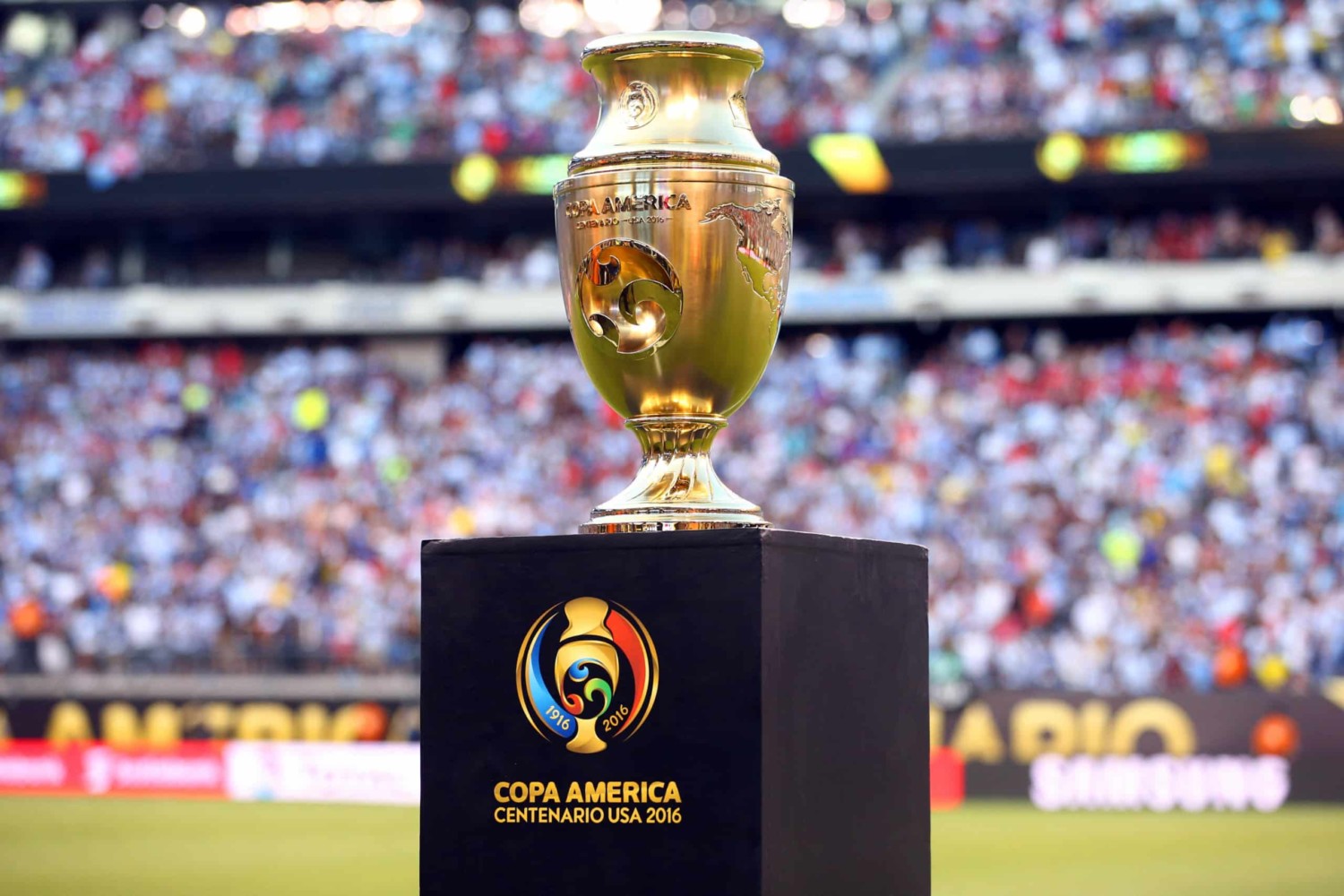- Get link
- X
- Other Apps
The Copa America: South America's Footballing Extravaganza
The Copa America is one of the most prestigious football tournaments in the world, showcasing the best of South American football talent. The tournament, organized by the South American Football Confederation (CONMEBOL), brings together the national teams from the region to compete for continental glory. With a rich history and a legacy of producing thrilling matches and unforgettable moments, the Copa America holds a special place in the hearts of football fans. In this article, we explore the Copa America, its significance, history, and the indelible impact it has had on South American football.
History:
The Copa America has a storied history that dates back to 1916 when the inaugural tournament took place in Argentina. Uruguay emerged as the first-ever champions, and since then, the tournament has grown in scale and importance, becoming a biennial event (previously quadrennial) that captivates millions of viewers worldwide.
Significance:
The Copa America holds immense significance for South American nations and football fans. It represents the pinnacle of football excellence in the region and offers an opportunity for countries to showcase their footballing prowess, national pride, and passion. The tournament fosters a sense of unity among South American nations and creates fierce rivalries that ignite the passions of fans.
Format:
The Copa America features ten South American national teams, including traditional powerhouses such as Brazil and Argentina, as well as other nations like Chile, Uruguay, and Colombia. The tournament consists of a group stage, followed by knockout rounds leading to the final. In recent years, the Copa America has also invited teams from other confederations as guests to enhance the competitive nature of the tournament.
Unforgettable Moments:
The Copa America has produced numerous unforgettable moments that have become part of footballing folklore. From Brazil's dominance in the tournament, with a record number of titles, to Diego Maradona's mesmerizing performances for Argentina, these moments showcase the skill, flair, and passion that define South American football. Each edition of the tournament presents new heroes and memorable matches that captivate fans across the globe.
Rivalries:
The Copa America is renowned for its intense rivalries that add an extra layer of excitement to the tournament. Matches between Brazil and Argentina, known as the "Superclásico de las Américas," are highly anticipated and capture the imagination of football fans worldwide. Other notable rivalries include the Chile-Peru rivalry, Uruguay-Argentina, and Colombia-Brazil, each contributing to the tournament's fierce competition and thrilling encounters.
Host Nations and Legacy:
Hosting the Copa America provides an opportunity for South American nations to showcase their footballing culture, traditions, and infrastructure. The tournament leaves a lasting legacy, as host cities benefit from improved stadiums, transportation, and tourism. It also stimulates local economies, creates jobs, and generates revenue for businesses in the host countries.
Star Players and Football Legacies:
The Copa America has been a stage for South American football's greatest stars to shine. Legends such as Pelé, Diego Maradona, Lionel Messi, and Neymar Jr. have graced the tournament, leaving an indelible mark on its history. The Copa America has played a significant role in shaping the legacies of these players and further enhancing South America's reputation as a hotbed of footballing talent.
Cultural Impact:
The Copa America has a profound cultural impact, transcending football itself. It celebrates the rich cultural heritage of South America, showcasing music, dance, and the passion of fans. The tournament provides a platform for South American countries to unite, display their unique identities, and foster a sense of pride in their heritage.
Social Development:
The Copa America has been utilized as a platform for social development initiatives. CONMEBOL and the participating nations have used the tournament to raise awareness about social issues, promote education, and support local communities. Football becomes a vehicle for positive change, inspiring youth and creating opportunities for social inclusion.
Global Appeal:
While the Copa America primarily showcases South American football, it has gained global appeal, attracting viewers from all corners of the world. The tournament provides an opportunity for football fans outside of South America to witness the unique style, passion, and skill of the region's footballers. It creates a bridge between continents, fostering a deeper appreciation for the diversity and global reach of the beautiful game.
Conclusion:
The Copa America embodies the spirit of South American football, showcasing the continent's rich footballing heritage, passion, and talent. It stands as a symbol of unity and national pride, bringing nations together in celebration of the beautiful game. The tournament's history is filled with unforgettable moments, fierce rivalries, and exceptional performances that have defined South American football.
As the Copa America continues to evolve, it will undoubtedly produce more memorable matches, heroic performances, and new stars that will etch their names in its illustrious history. The tournament's legacy extends far beyond the football pitch, influencing social development, fostering cultural exchange, and inspiring future generations of footballers. The Copa America will forever hold a special place in the hearts of football enthusiasts, reminding us of the enduring power and beauty of South American football.
- Get link
- X
- Other Apps

Comments
Post a Comment